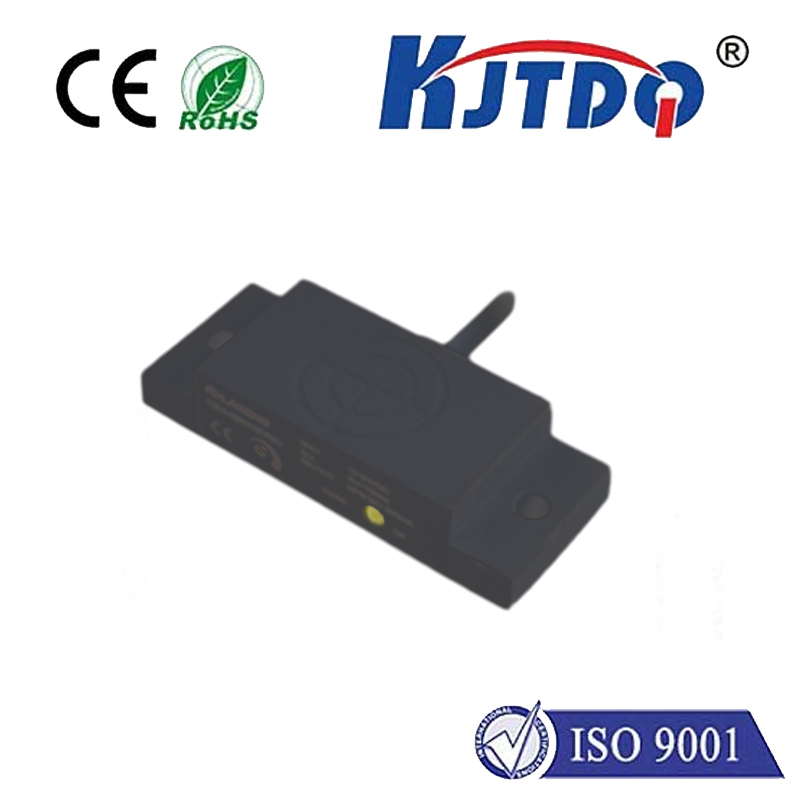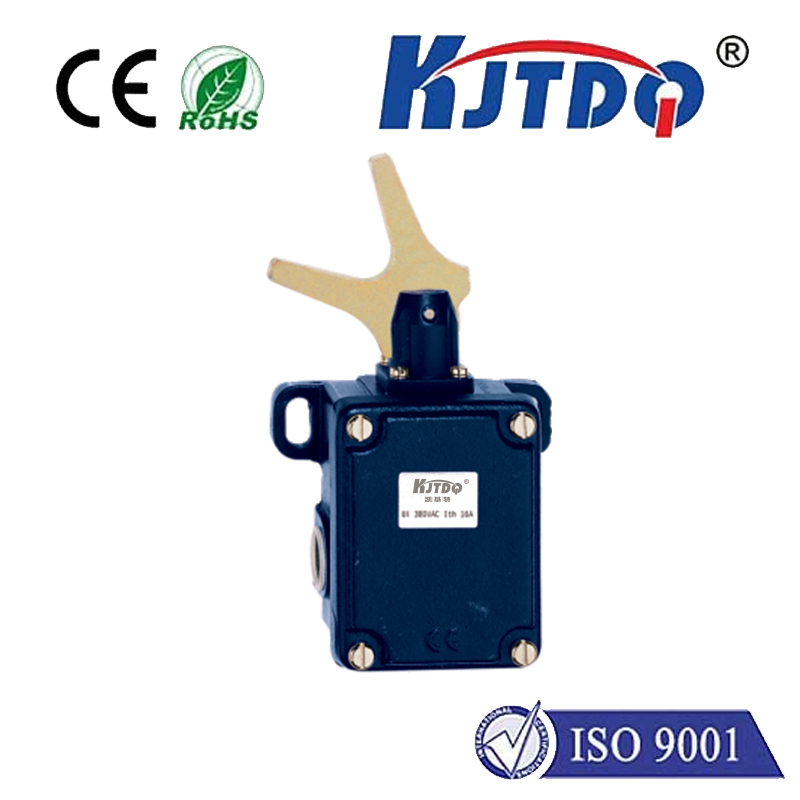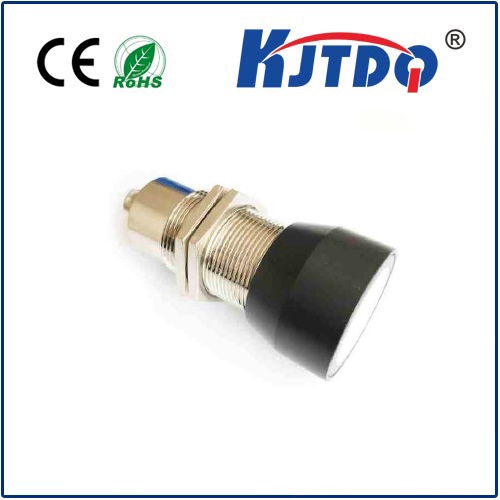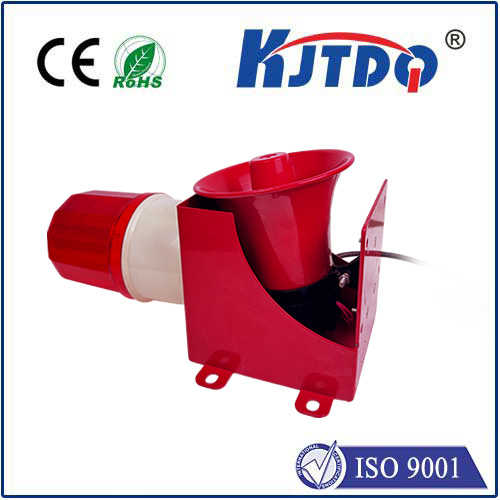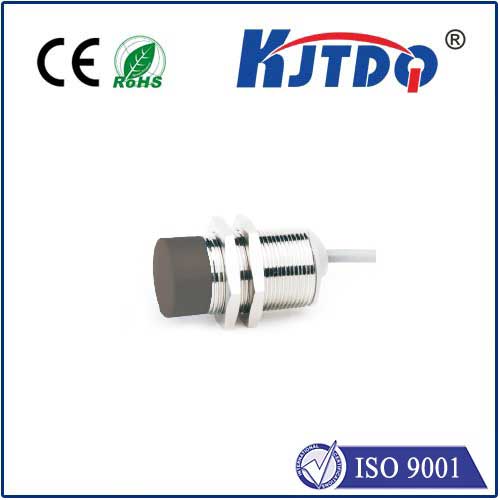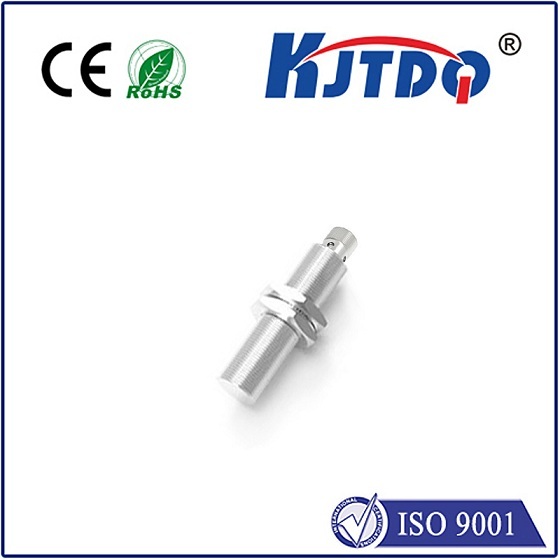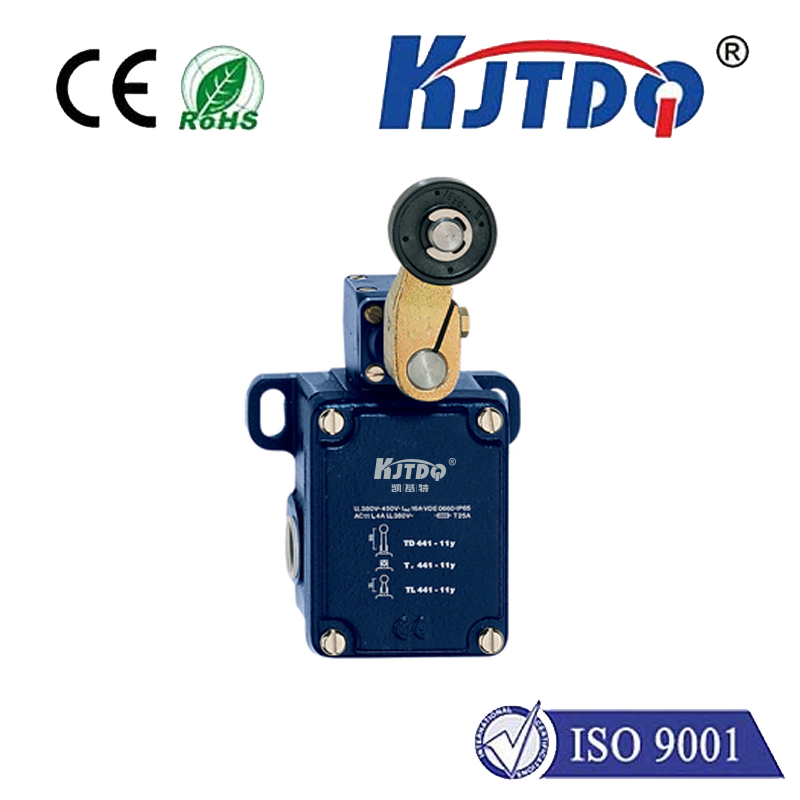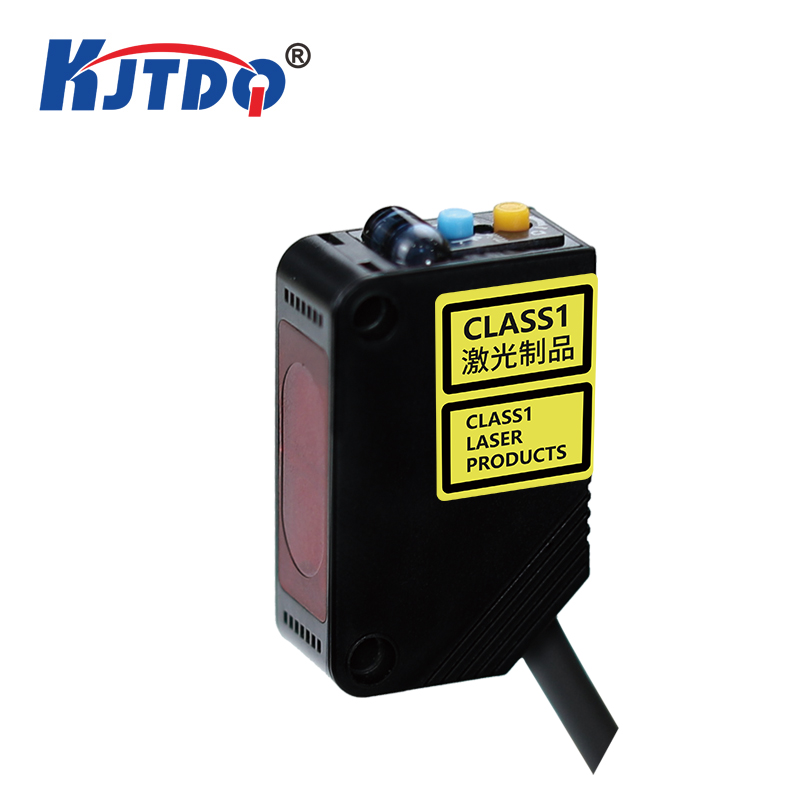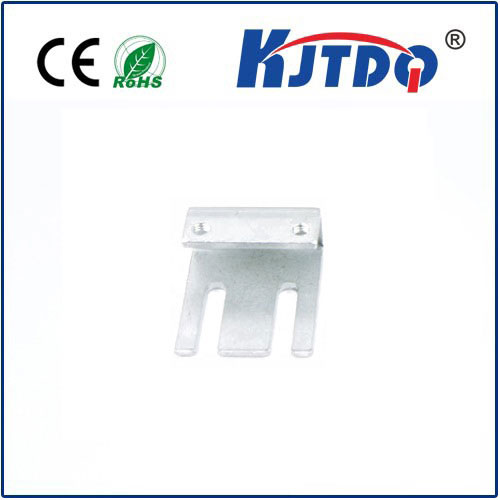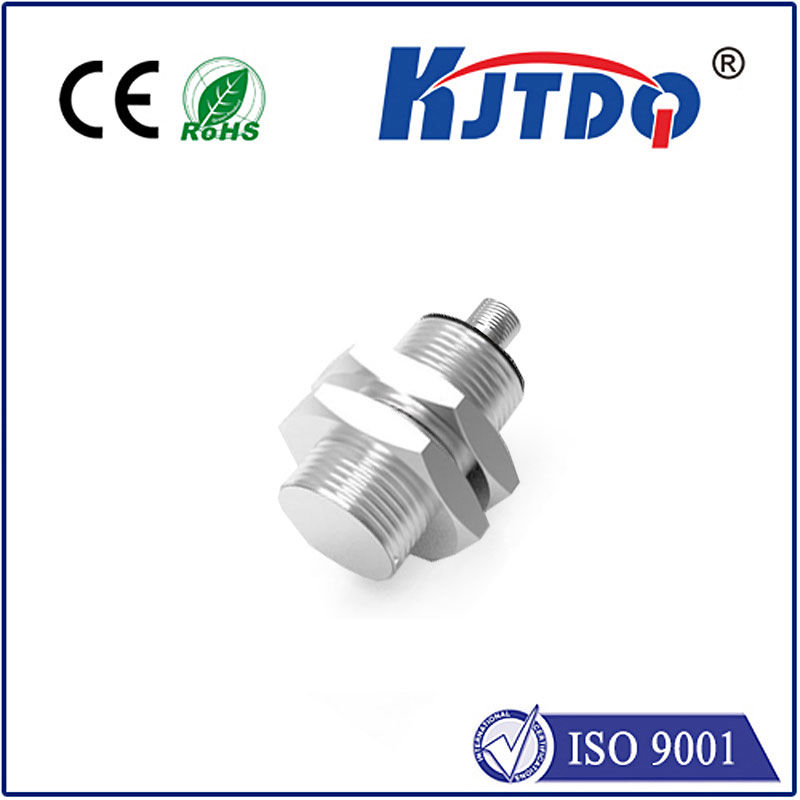
check

check

check

check
Title: The Importance of TER Limit Switches in Control Systems
In the ever-evolving world of control systems, the use of TER (Threshold Encoder Relay) limit switches has become increasingly prevalent due to their reliability and effectiveness in providing precise control over various processes. These switches are designed to detect when a certain threshold has been reached, signaling an action or reaction to be taken by the system. In this article, we will discuss the importance of TER limit switches in controlling systems and how they contribute to improving overall efficiency and accuracy.
Introduction to TER Limit Switches
TER limit switches are mechanical devices that act as intermediaries between a sensor and an actuator in control systems. They consist of a moving arm that contacts a stationary arm when the input signal from the sensor exceeds a certain level. This contact causes the switch to open, releasing a magnetic coil that interacts with the magnetic field produced by a relay. When the magnetic field is strong enough, it triggers the relay, which activates the output device such as an motor or solenoid valve.
The Role of TER Limit Switches in Control Systems
One of the primary functions of TER limit switches is to provide feedback to the control system. By monitoring the input signal from the sensor, these switches can detect when the process has reached a desired state, enabling the system to take corrective action if necessary. For instance, in a temperature control system, TER limit switches can be used to sense the heat source's temperature and trigger an alarm or shutdown mechanism if the temperature exceeds a pre-set threshold.
Another critical role of TER limit switches is to enhance the system's sensitivity and responsiveness. By providing real-time feedback on the input signal's magnitude and direction, these switches allow the control system to respond more quickly and accurately to changes in the process being controlled. This enhanced responsiveness can lead to significant improvements in process efficiency and quality.
Moreover, TER limit switches can improve the reliability and safety of control systems by detecting and preventing potential malfunctions before they occur. By monitoring the input signal's continuity and stability, these switches can alert operators to any unexpected changes or fluctuations that may indicate a problem with either the sensor or the actuator. This early warning system can help prevent costly downtime and potential safety hazards associated with compromised control systems.
Optimizing TER Limit Switch Configurations for Improved Performance
To achieve optimal performance from TER limit switches, it is essential to carefully configure their settings based on the specific requirements of each control system. Some key factors to consider include:
1. Selection of appropriate materials: The choice of materials used for TER limit switches can have a significant impact on their durability, reliability, and accuracy. Factors to consider include temperature tolerance, vibration resistance, and electromagnetic compatibility.
2. Positioning of limits: The position of the limits within the switch determines its sensitivity and response time. Achieving a balance between sensitivity and overshoot requires careful consideration of the process dynamics and operating constraints.
3. Type selection: There are several types of TER limit switches available, including single-contact, dual-contact, and multi-position. Each type offers different levels of sensitivity and response time, making it essential to select the most appropriate type for each application.
Conclusion: Enhancing Control System Performance with TER Limit Switches
In conclusion, TER limit switches play a vital role in ensuring reliable, accurate, and efficient control of various processes. By providing real-time feedback on input signals, these switches enable control systems to respond quickly and effectively to changes in the process being controlled. Additionally, optimizing their configurations can significantly improve their performance and reliability while enhancing overall system safety and efficiency. As such, incorporating TER limit switches into your control system design should be considered as an essential step towards achieving optimal performance and quality results.
